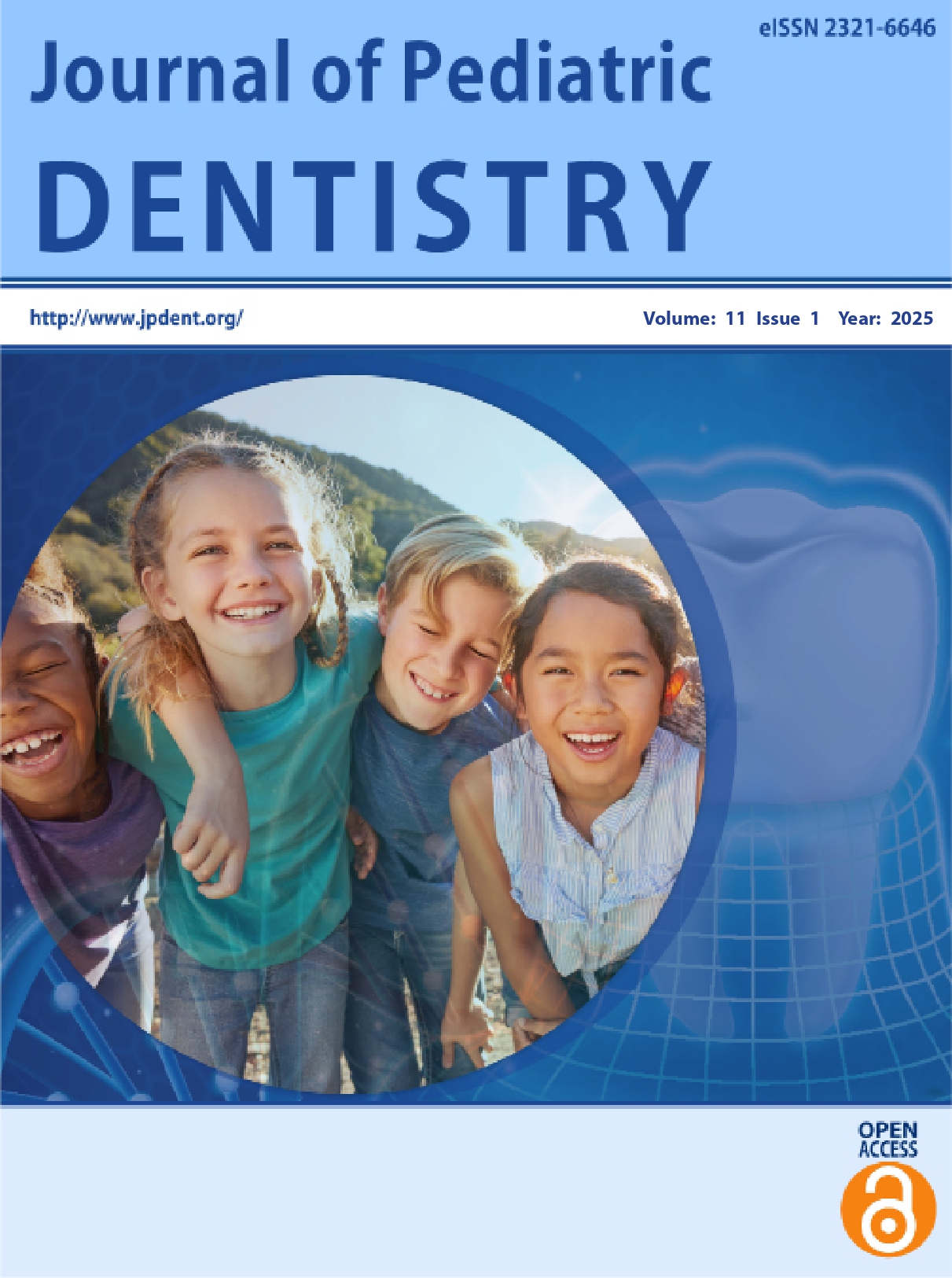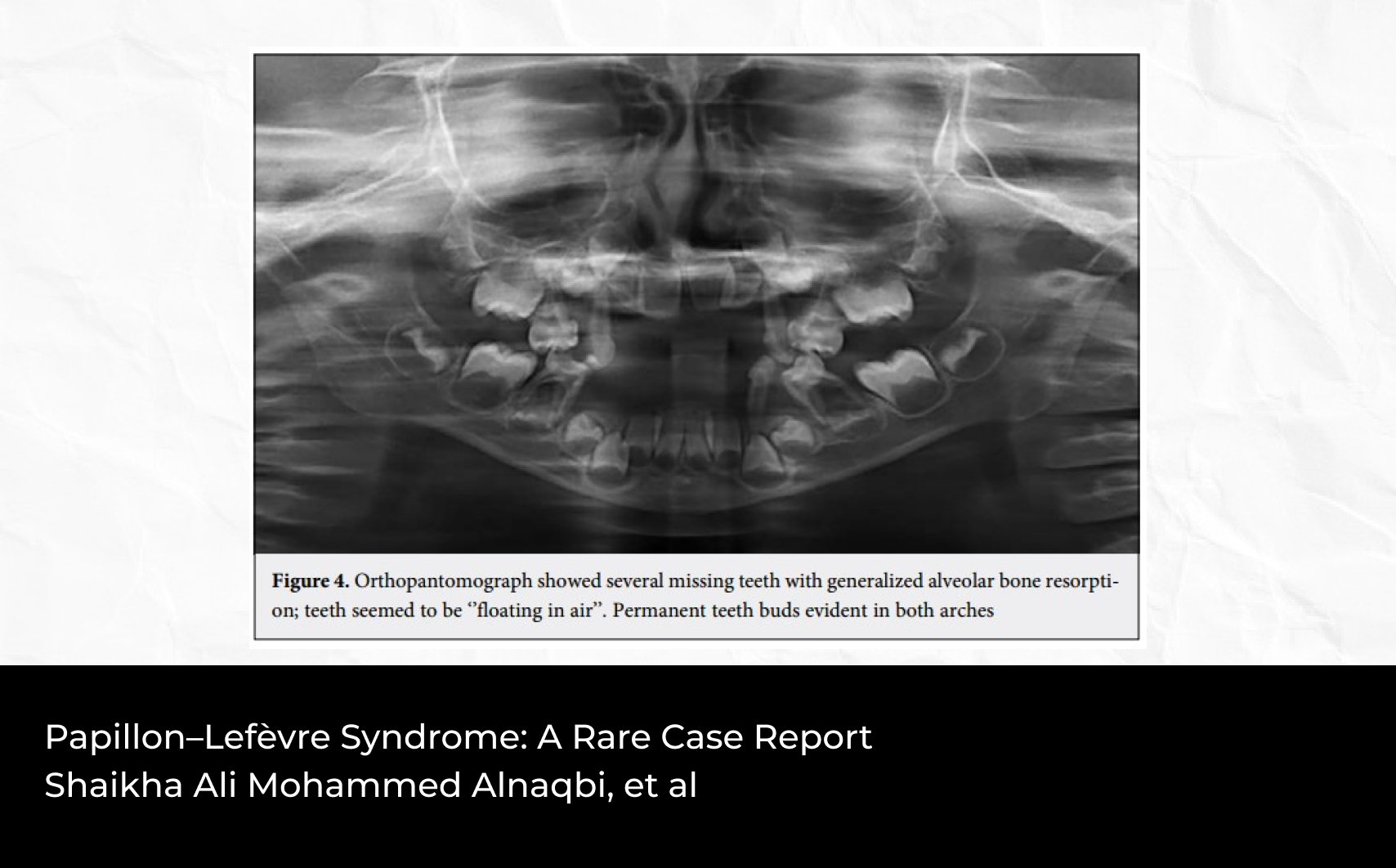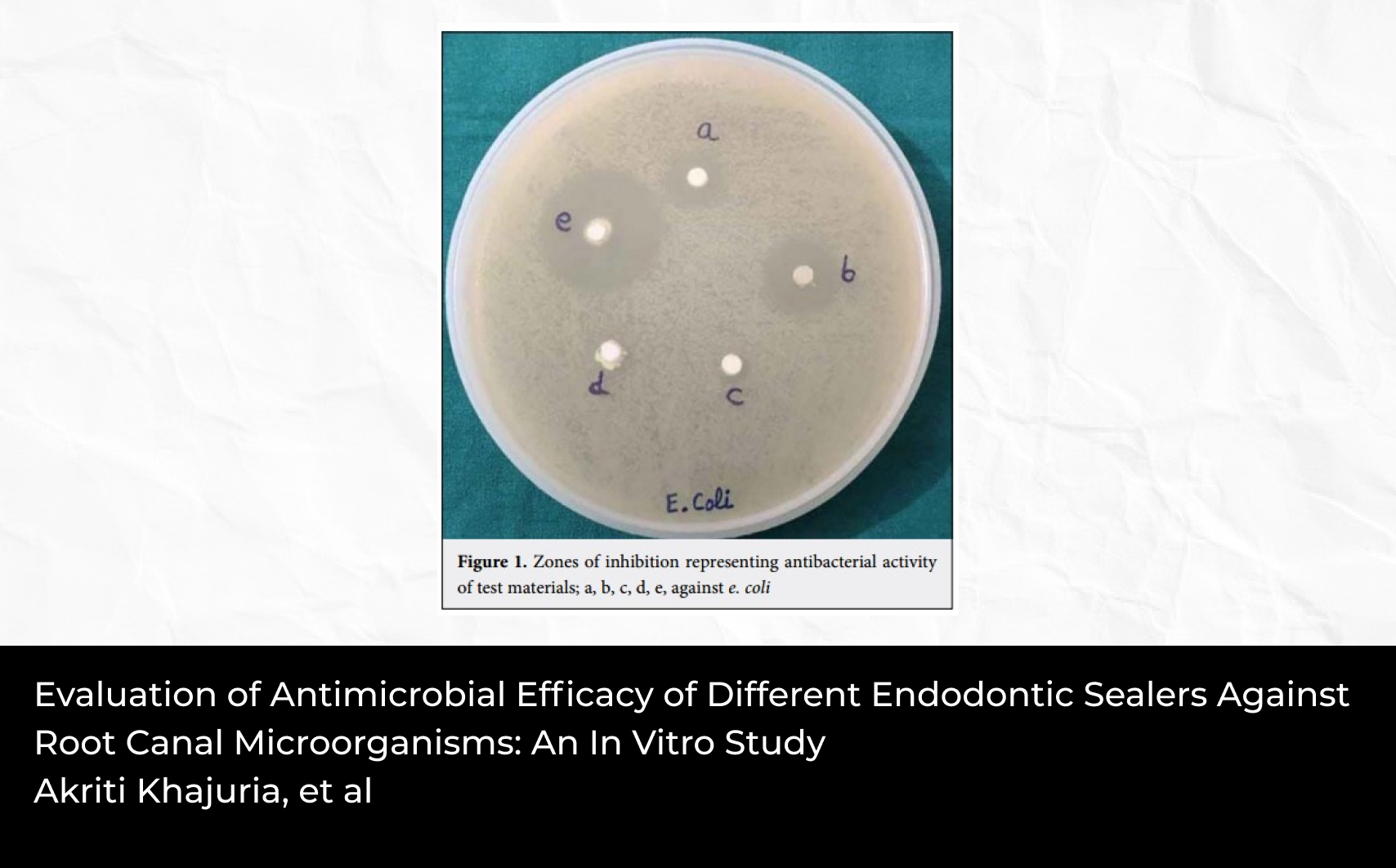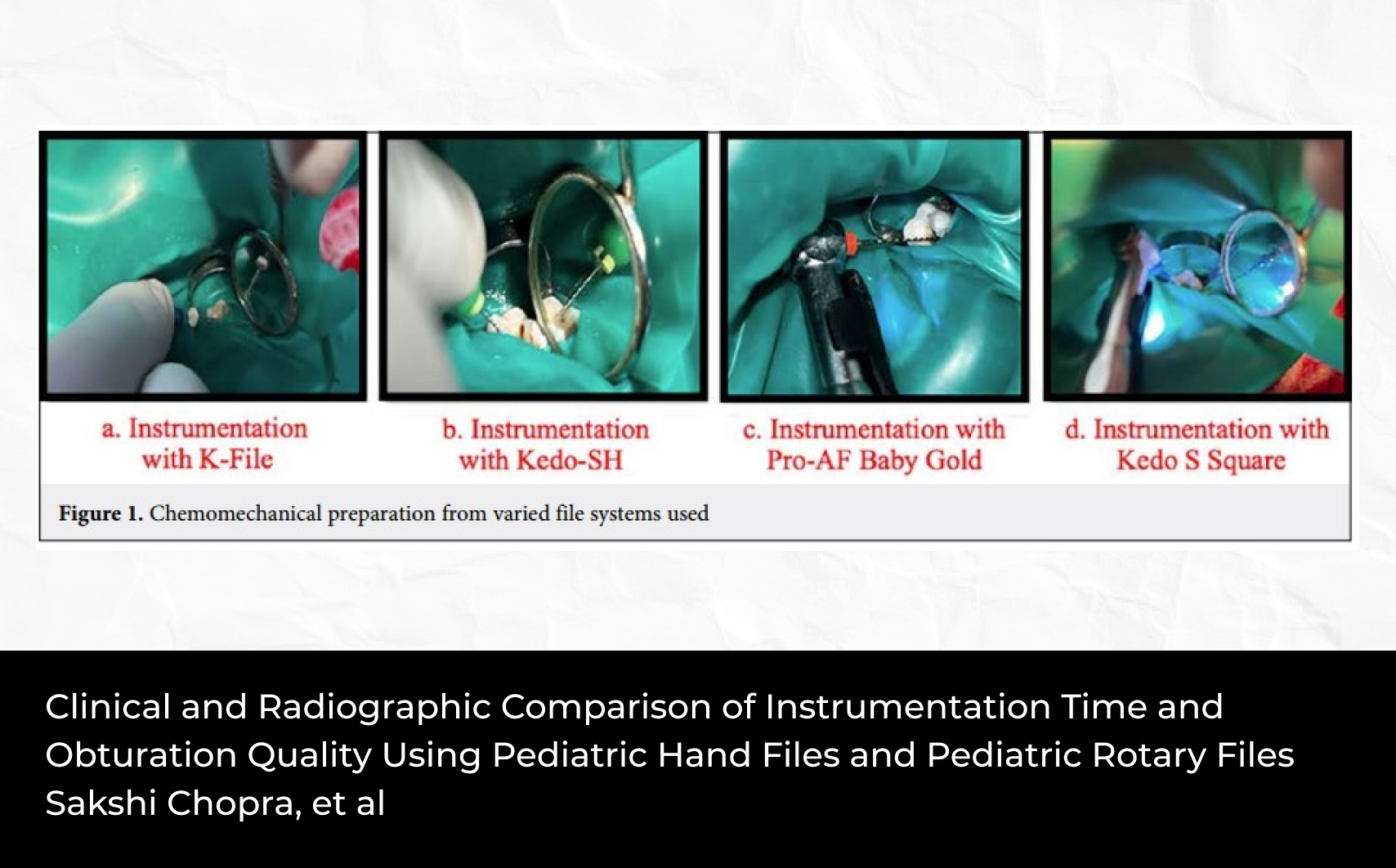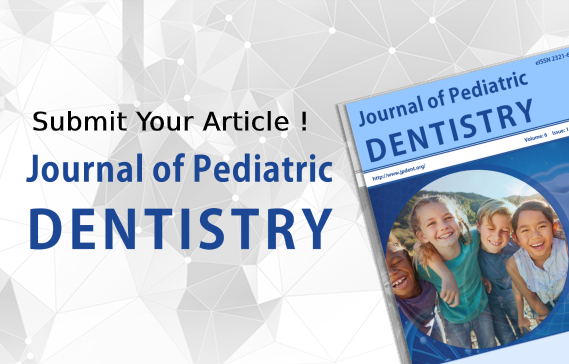2Department of Pediatric and Preventive Dentistry, HP Government Dental College and Hospital, Shimla, India
Abstract
While managing a case of indirect traumatic injuries, it becomes imperative that there is thorough evaluation of case as the injuries sustained can be hidden and are not outrightly seen as compared to direct injuries. Complicated crown fractures and crown-root fractures pose difficulties for dentists to establish adequate treatment plans because these fractures require multidisciplinary knowledge and approach for a correct case planning and prognosis. This case report discusses a case of traumatic injuries sustained by an individual in which multiple tooth fractures involving crown and root were seen in the posterior dentition in the both the arches. Although the literature discusses a lot of techniques for management of crown and root fractures, here we decided to treat the patient using one of the primitive techniques. The rationale for this lies in the fact that the teeth involved bear high masticatory load and do majority of masticatory function and hence the uses of this technique was thought to be efficient in restoring form and function. Treatment consisted of restoration of uncomplicated crown fractures with composite restorations while Complicated crown and root fractures were treated with gingivoplasty and osteotomy coupled with endodontic treatment and porcelain fused to metal crowns. Although managing this type of injuries using this method was relatively less time consuming but since the follow-up is yet to be evaluated, propagation of this technique as compared to other well-established technique cannot be done. However immediate post-operative signs showed positive response to restore form and function.

